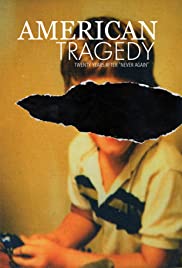
A mother grapples to understand how her son became a school shooter and what it would take to prevent the next one.
You May Also Like
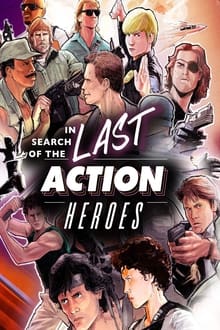
The most comprehensive retrospective of the ’80s action film genre ever made.

The Fruit Hunters explores the little known subculture and history of rare fruit hunters who travel the globe in an obsessive search for the exotic, in this stylish and sometimes erotic documentary.
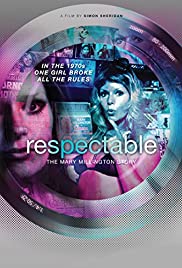
Documentary chronicling the extraordinary life and tragic death of Mary Millington – Britain’s most famous pornographic actress of the 1970s.
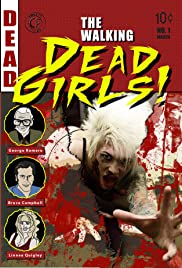
The Walking Dead Girls is a behind-the-scenes look into zombie culture in the United States and the obsession into “”Sexy Female Zombies””. What is it about Zombie Bimbos or “”Zimbies”” that are starting to gain the worlds interest? Why are zombies now in mainstream culture and seen in advertising from JCPenny and Sears? With interviews with zombie master maker George Romero and cult movie star Bruce Campbell from ZomBcon 2010 and so much more. “”The Walking Dead Girls”” is a sexy look into the zombie phenomenon created by George Romero that is 40 years in the making

After a lifetime of hiding, Chely Wright becomes the first commercial country music singer to come out as gay, shattering cultural stereotypes within Nashville, per conservative heartland family and, most importantly, within herself. With unprecedented access over a two-year period, including her private video diaries, the film layers Chely’s rise to fame while hiding in the late 90’s with the execution of her coming out plan, culminating in the exciting moment when she steps into the media glare to reveal she is gay. The film shows both the devastation of internalized homophobia and the transformational power of living an authentic life. The film also documents the conflicting responses from Nashville, the heartland and the LGBT community as Chely Wright prepares for an unknown future.

In the ruthless attention economy of the Internet, young influencers gamble everything for fame and fortune. A startling and timely study of contemporary celebrity, Anything For Fame ventures into the virtual Wild West to profile an ambitious — and reckless — new breed of content creator.
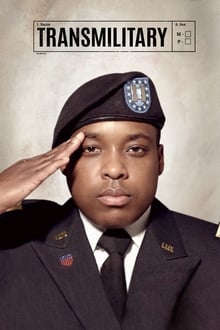
At a time when transgender people are banned from serving in the U.S. military, four of the thousands of transgender troops risking discharge fight to attain the freedom they so fiercely protect.
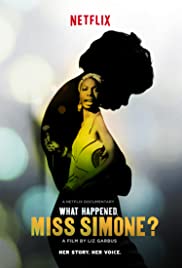
The film chronicles Nina Simone’s journey from child piano prodigy to iconic musician and passionate activist, told in her own words.
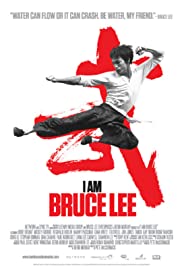
Bruce Lee is universally recognized as the pioneer who elevated martial arts in film to an art form, and this documentary will reveal why Bruce Lee’s flame burns brighter now than the day he died over three decades ago. The greatest martial artists, athletes, actors, directors, and producers in the entertainment business today will share their feelings about the one who started it all. We will interview the people whose lives, careers, and belief systems were forever altered by the legendary “Father of Martial Arts Cinema”. Rarely seen archival footage and classic photos will punctuate the personal testimonials. Prepare to be inspired.
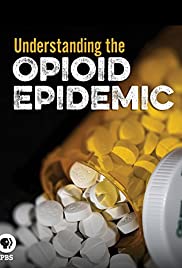
Understanding the Opioid Epidemic combines stories of people and communities impacted by this epidemic along with information from experts and those at the frontlines of dealing with the epidemic. The program traces the history of how the nation got into this situation and provides possible solutions and directions for dealing with the crisis.

Workplace is a documentary made by Gary Hustwit, in association with R/GA, for the 2016 Venice Architecture Biennale.Workplace is about the past, present, and future of the office. It looks at the thinking, innovation, and experimentation involved in trying to create the next evolution of what the office could be. The film follows the design and construction of the New York headquarters of digital agency R/GA (in collaboration with architects Foster + Partners) who have been experimenting with how physical and digital space can better interact. Digital technology has radically changed how and where most of us work, but the physical spaces we work in haven’t kept up with that transformation.

At the heart of the HIV/AIDS crisis and widespread hysteria, a single number and letter designated a ward on the fifth floor of San Francisco General Hospital, the first in the country designed specifically to deal with AIDS patients. The unit’s nurses’ emphasis on humanity and consideration of holistic well-being was a small miracle amidst a devastating crisis and the ensuing panic about risk and infection.